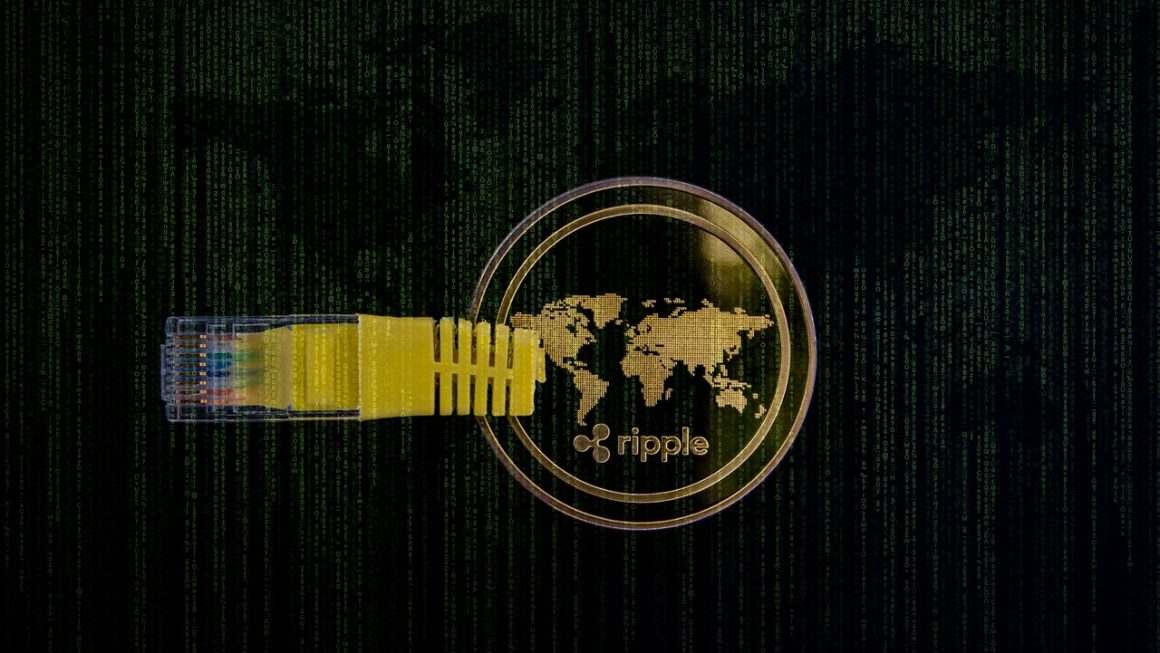Blockchain Standards: A Guide to Interoperability and Adoption
Blockchain technology has emerged as a revolutionary force, driving innovation in various industries. To harness its full potential, establishing standardized frameworks is crucial. Blockchain standards facilitate interoperability, promote adoption, and pave the way for widespread implementation.
Benefits of Blockchain Standards
- Interoperability: Standards allow different blockchain platforms to communicate and exchange data, removing barriers to collaboration and resource sharing.
- Adoption Acceleration: When clear standards are defined, businesses and developers face reduced uncertainty, making blockchain adoption more attractive.
- Enhanced Security: Standardized protocols and practices strengthen the security of blockchain networks, protecting against vulnerabilities and malicious attacks.
Adoption by Industry
Various industries have recognized the significance of blockchain standards:
- Finance: ISO 20022 is a widely accepted standard for financial messaging, enabling seamless cross-border transactions and interoperability.
- Supply Chain: GS1 standards provide a comprehensive framework for product identification, tracking, and traceability within supply chains.
- Healthcare: The HL7 Fast Healthcare Interoperability Resources (FHIR) standard simplifies the exchange of electronic health records, improving patient care and data sharing.
Technical Considerations
Consensus Mechanisms
Blockchain standards define the consensus mechanisms that determine how transactions are validated and added to the blockchain. Examples include:
- Proof-of-Work (PoW): Requires miners to solve complex computational puzzles, consuming significant energy.
- Proof-of-Stake (PoS): Validates transactions based on the number of tokens held by participants, reducing energy consumption compared to PoW.
Data Structure
Standards specify the structure of data stored on the blockchain, including:
- Block Formats: Define the organization of blocks, including transaction details, timestamps, and references to previous blocks.
- Transaction Formats: Specify the fields and structure of transactions, such as sender, recipient, and amount.
Privacy Enhancements
Blockchain standards address privacy concerns by implementing various mechanisms:
- Anonymity: Protects user identities by concealing their personal information.
- Selective Disclosure: Allows users to selectively share data with specific parties while maintaining privacy for other information.
- Zero-Knowledge Proofs: Prove the validity of transactions without revealing underlying data, enhancing privacy without compromising security.
Implementation Challenges and Opportunities
Implementation Costs
Adopting blockchain standards can involve significant upfront costs, especially for large-scale implementations. However, the long-term benefits of interoperability and enhanced security often outweigh the initial investments.
Regulatory Landscape
The regulatory landscape for blockchain standards is still evolving. Governments and regulators are actively engaged in developing frameworks to govern the use of blockchain technology.
Opportunities for Innovation
Blockchain standards create opportunities for innovation by:
- New Business Models: Standardized frameworks enable the creation of new decentralized applications and services across industries.
- Enhanced Transparency: Increased interoperability and transparency foster trust and accountability in blockchain-based systems.
Conclusion
Blockchain standards are foundational to the widespread adoption and transformative potential of blockchain technology. By providing interoperability, enhancing security, and accelerating adoption, standards pave the way for a more interconnected and innovative blockchain ecosystem. As the industry matures, it is essential for stakeholders to embrace and contribute to the development and implementation of robust and effective blockchain standards.



